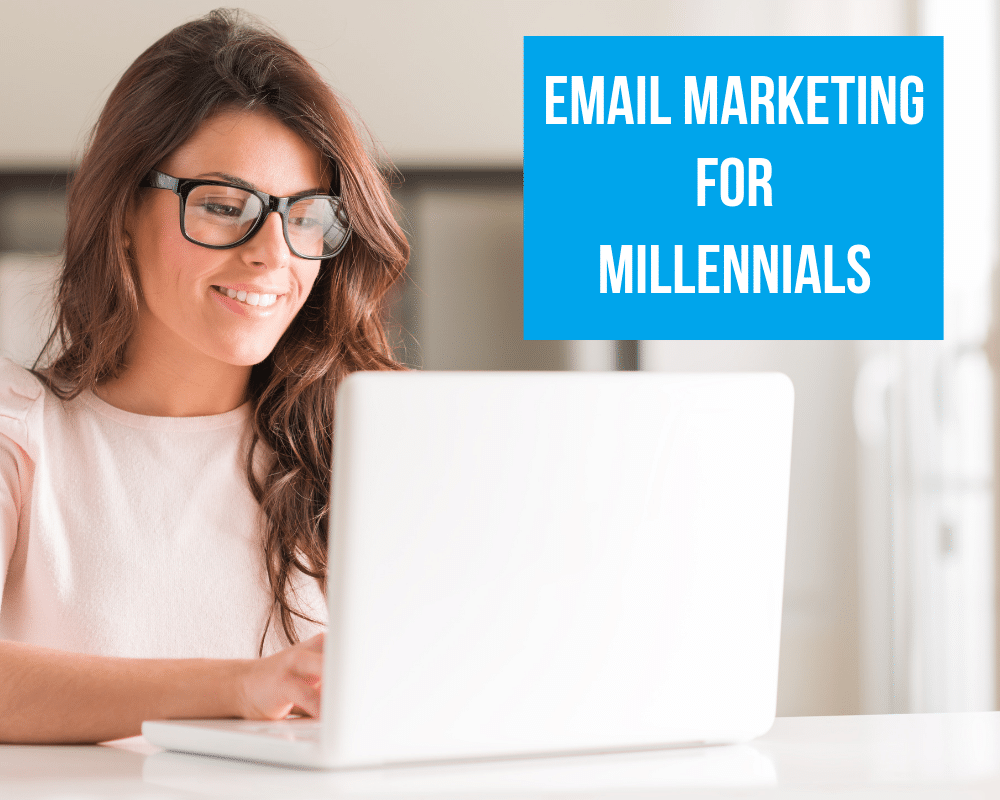Millennials are an enormous part of today’s market, making them an attractive audience for almost any brand. In fact, as of the 2016 census, the number of millennials in the nation was only slightly below the number of baby boomers, with the younger generation set to become the largest in America within a few years.
That’s more than 71 million adults of various ages who are willing to spend on the right brands, experiences, and products. But millennials aren’t always easy to reach via online marketing efforts. You may be surprised to find out that newsletter monetization with ads in emails is one of the best ways to connect with this audience.
Why Are Millennials Difficult to Reach With Advertising?
Millennials are difficult to reach with advertising for both cultural and technological reasons.
First, while the older individuals in this generation can still remember a time when smartphones weren’t prevalent, most grew up with modern technology or spent much of their formative years during a time when the internet was easily accessible to many. They are able to navigate the digital world and make savvy use of technology to reduce the noise of the web. For example, Mantis Research, in a report commissioned by Jeeng, notes that a third of millennials use ad blockers. They are also adept at identifying and ignoring sponsored content and ads on sites and social platforms if they choose to do so.
Second, the way millennials naturally interact with brands is somewhat outside the scope of traditional advertising. Millennials, like the younger individuals of Gen Z, want relationship and authenticity. That means brands have to think outside the box when it comes to advertising so they can create a culture that these younger audiences can get involved in.
When trying to reach these generations, the challenge can be moving beyond enticing content about your product or service. You also need to engage the consumer with information about your mission and vision. Millennials don’t just buy products; they tend to buy into the culture, experience or mission behind those products. One example of a brand that does this well is Toms. The brand engages in many societal and political efforts that resonate with its consumer base, but it started with a simple premise: When a customer bought a pair of shoes, the company gave a pair of shoes to someone who needed them. It was a message millennials could get behind.
Email: A Way to Reach Millennials
More than half of all adults subscribe to at least one email newsletter, but millennials are the most likely to do so. In the survey conducted by Mantis Research, 65 percent of millennials noted that they did subscribe to email newsletters.
Meeting your target audience on its own turf is a common method for modern, digital marketing, and this news about email newsletters makes that easier to do for many brands. With so many millennials subscribing to email newsletters, you can find an audience primed for your message by advertising in emails related to your niche.
If you’re worried about annoying individuals in their inbox, the data indicates millennials already have a handle on managing what they see, and they aren’t perturbed if relevant, tasteful advertising comes along for the ride.
- More than half of adults say they aren’t bothered by or don’t even notice advertising in emails.
- Millennials are the most likely generation to have a secondary email for newsletters and other related content, so they can peruse it when they are ready and it doesn’t interfere with their daily email business.
- Around a third of millennials use software or apps to sort their email to remove unwanted content, which means if they read a newsletter containing your ad, they are definitely interested in the topic.
- Almost 75 percent of all adults, including millennials, will unsubscribe from content when it is no longer relevant or interesting to them, so email is a self-cleaning system when it comes to advertising.
Tips for Engaging Millennials with Email Advertising
Personalized advertising for millennials creates a better user experience, improve organic conversion rates, and helps increase sales revenue. Advertising is personalized in emails is that it was hand-picked or at least programmed to be somewhat relevant to the content at hand. If you receive an email newsletter from a trusted brand, you probably expect that company to have put some measures in place to keep out wholly inappropriate or untrustworthy ads. And that’s an immediate positive for online advertisers because trust in the newsletter provider rubs off on your ad.
That’s obvious in the numbers. Millennials, who are known for ignoring online ads and using digital ad blockers, say they will click on an email ad if it’s interesting or relevant to them. In fact, 65 percent say this.
To garner those clicks:
- Ensure that you’re advertising in newsletters that align with the target audience you’re seeking; if you’re harking gaming supplies and you advertise in a crochet newsletter, the response might be lackluster.
- Keep ads relevant, interesting and unobtrusive; one of the top reasons reported for being annoyed with email advertising is a cluttered or spamlike look.
- Incorporate more than just your products; engage millennials with interesting messages about the experiences they can have or missions they can serve alongside your brand.
While email is a mature platform when compared to other digital marketing options, it’s not aging out into obsolescence.
Brands that know how to make this platform work can achieve success in reaching millennials with Jeeng personalized advertising for email ads!

